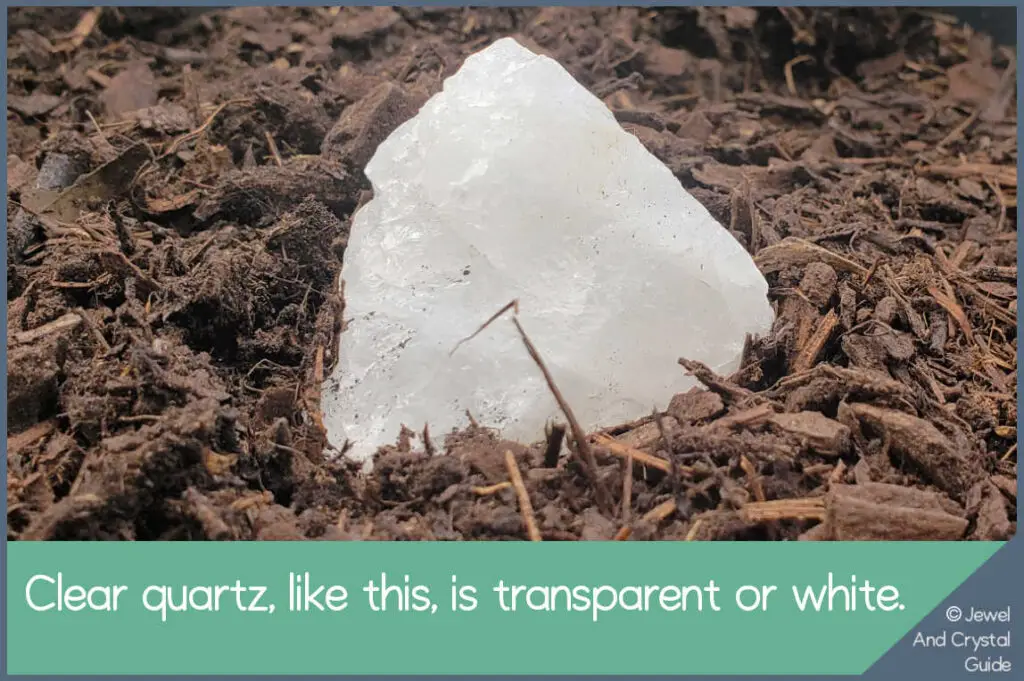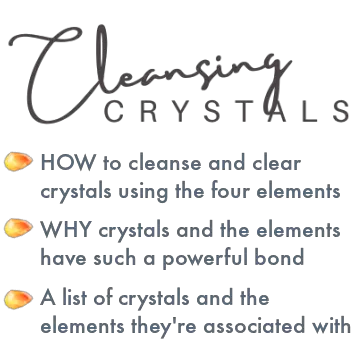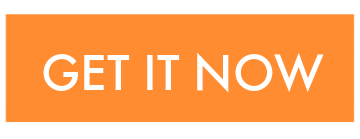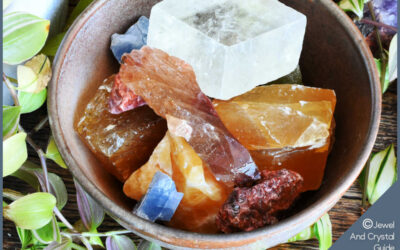Quartz is a fascinating crystal: It starts off colorless and, with a few tweaks, it bursts into a kaleidoscope of colors and crystals.
Pure quartz is made up of silicon and oxygen, and it’s clear or white. But when other elements get into the quartz or there are structural changes inside the crystal, quartz can become any number of colors, like green, pink, blue, yellow, purple, brown, black, and more!

When quartz changes color it becomes a different crystal and gets a new name. For example, quartz that turns purple becomes amethyst. Let’s break this down to understand what changes the color of quartz, how and why this happens, and what some common quartz colors are called and how they form.
In this blog post, you’ll find out:
- The 2 things that turn quartz into many different colors
- A list of quartz crystals, their colors, and how they’re created
Why quartz has many different colors
There are two things that change quartz into many different colors. These are:
Impurities
As we know, pure quartz is made up of silicon and oxygen. Any other elements that get added to the quartz are called impurities because they aren’t in pure quartz. They “dirty” or change the quartz in a way, like extra ingredients added to the mixing bowl.
Different impurities turn quartz different colors. For example, quartz is clear until the element iron gets into it. This element is an impurity, and, under the right conditions, it turns the clear quartz purple and makes it an amethyst.
Impurities can come from various sources and processes. Here are some of the common ways impurities get into clear quartz:
Impurities come from surrounding rocks and minerals
Sometimes quartz is surrounded by other rocks and minerals when it forms. These rocks and minerals have different elements and substances in them, which get into the quartz crystal as it grows.
For example, if the surrounding rocks have iron or aluminum in them, the growing quartz crystal can pick up those elements and turn into amethyst or rose quartz.
Hot liquids in the Earth’s crust
Quartz crystals can form from hot liquids deep within the Earth’s crust. These liquids are called hydrothermal fluids and can carry many dissolved elements, like iron, manganese, and titanium.
When these liquids come into contact with a growing quartz crystal, they can deposit impurities in the crystal that then form part of the crystal’s structure. These impurities can change the quartz’s color.
Rocks changing deep within the Earth
Quartz can also form when existing rocks change into a different form, in something called a metamorphic process.
During a metamorphic process, rocks undergo intense heat and pressure deep within the Earth. These conditions cause chemical reactions and transformations.
If the original rock contains elements or minerals with distinct colors, these can be released and incorporated into forming quartz crystals and change the color of the quartz.
Fluids or environmental conditions change a formed crystal
Even if quartz crystals have formed, they can still change over time when exposed to different fluids or environmental conditions.
For example, some quartz crystals, such as yellow citrine, are created when amethyst or smoky quartz is exposed to intense heat. The heat affects the existing impurities in the crystal, turning it a different color.
Structural defects
Quartz crystals are made up of a repeating pattern in their structure called a crystal lattice. Sometimes when a crystal forms, something happens to cause a defect or irregularity in this lattice structure. These defects can influence the color of the quartz, as well as the properties of the final crystal.
Some of the most common causes of structural defects in quartz crystal are:
Heat and pressure
Quartz crystals face high temperatures and great pressure when they form inside the Earth’s crust. How heat and pressure affect a quartz crystal depends on many things, like what impurities are there, how long it’s put under pressure or is exposed to high heat, and how intense all of this is.
Sometimes heat and pressure affect impurities in the quartz, which can change the crystal’s color. But this isn’t very common and there are usually just subtle color changes, not dramatic transformations.
Radiation and environmental factors
Natural radiation and other environmental factors, like exposure to sunlight, moisture, or certain chemicals, can change the crystal lattice of quartz and affect its color.
The primary source of natural radiation that affects quartz crystals is typically radioactive elements in the Earth’s crust. These elements, such as uranium, thorium, and potassium, emit radiation as they decay over time.
When quartz crystals are exposed to this natural radiation over long periods, the high-energy particles and rays interact with the crystal lattice, causing disruptions and creating structural defects.
For example, smoky quartz has a brown to black color. This color comes from natural radiation that creates defects in clear quartz to make the crystal look smoky or dark.
Types of quartz crystals
There are many different types and colors of quartz. This article explains why we see different colors when we look at different crystals.
The table below gives a solid list of quartz varieties, along with the colors they come in and what impurities or structural defects cause these colors in quartz.
| Quartz Variety | Colors | Causes of Color |
| Agate | Blue, purple, pink, green, white, brown, gray, black, multicolored | Various impurities and mineral inclusions |
| Amethyst | Purple (pale lavender to deep violet) | Iron impurities |
| Aventurine | Green with shimmering metallic inclusions | Fuchsite (green mica) inclusions |
| Blue Quartz | Pale blue | Inclusions of dumortierite or tourmaline |
| Carnelian | Orange to reddish-brown | Iron oxide impurities |
| Cactus Quartz | Purple, white, yellow | Iron and aluminum impurities |
| Citrine | Yellow to golden brown | Iron impurities |
| Fire Quartz | Red, brown | Hematite inclusions |
| Green Quartz | Pale green to deep green | Heat-treated amethyst or natural irradiation |
| Hawk’s Eye | Blue-gray with chatoyancy | Crocidolite (blue asbestos) fibers and reflection of light |
| Hematoid Quartz | Red, brown | Hematite inclusions |
| Himalayan Ice Quartz | Clear, white | Presence of snow or ice during formation |
| Jasper | Red, brown, yellow, green, orange, gray, white, black, multicolored | Various impurities and mineral inclusions |
| Milky Quartz | Milky white, translucent | Microscopic fluid inclusions |
| Morion Quartz | Dark smoky brown to black | Natural irradiation and aluminum impurities |
| Onyx | Black, banded black and white | Various impurities and mineral inclusions |
| Phantom Quartz | Colorless with ghost-like colored zones | Growth interruptions and mineral impurities |
| Prase Quartz | Green | Actinolite or chlorite inclusions |
| Rose Quartz | Pink | Titanium and iron impurities |
| Rutilated Quartz | Clear with golden or red rutile inclusions | Rutile (titanium dioxide) inclusions |
| Smoky Quartz | Brown, gray | Natural irradiation and aluminum impurities |
| Spirit Quartz | Purple, white, yellow | Iron and aluminum impurities |
| Strawberry Quartz | Pink with red inclusions | Inclusions of iron oxide or goethite |
| Tiger’s Eye | Brown | Fibrous asbestos (crocidolite) and reflection of light |
| Tourmalinated Quartz | Clear with black or green tourmaline inclusions | Tourmaline inclusions |











